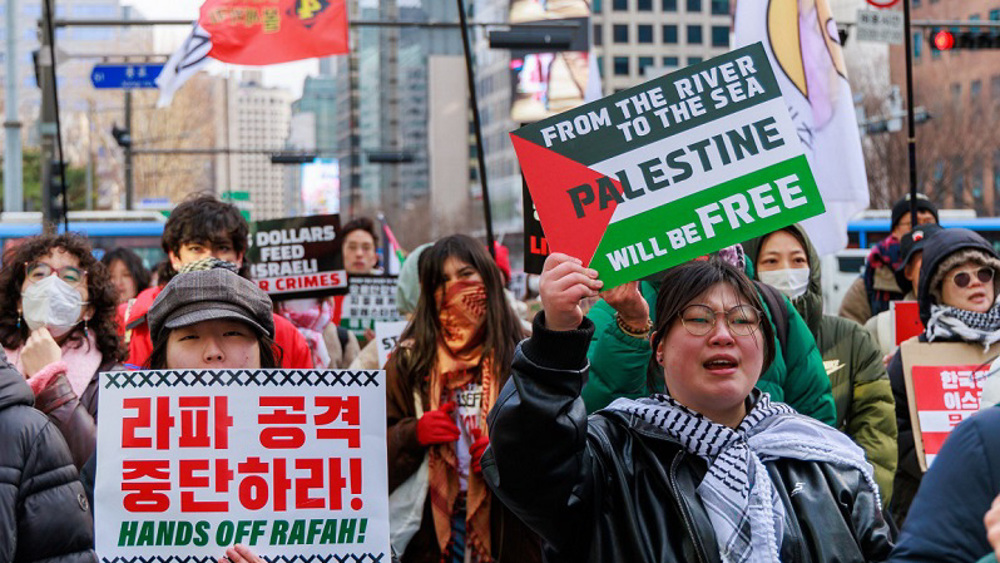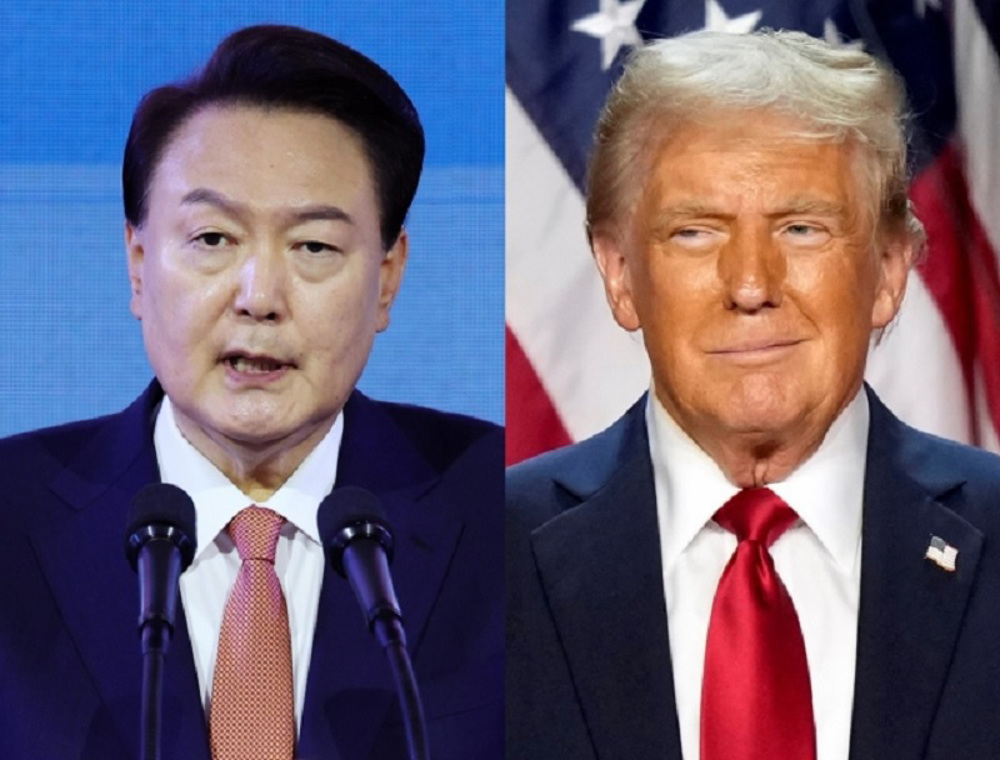Police clash with protesters in South Korea as more THAAD launchers arrive
South Korean police have clashed with hundreds of demonstrators rallying against the deployment of more rocket launchers from a US missile system to their country.
The scuffles occurred on Wednesday evening as riot police tried to break out protesting crowds of about 400 residents in North Gyeongsang Province’s Seongju County — some 300 kilometers south of the capital, Seoul — where two of the US Terminal High Altitude Area Defense (THAAD) missile system have already been installed.
According to the Seongju Fire Station, 38 demonstrators were wounded in the clashes, and 21 of them were sent to hospitals, but no life-threatening injuries were reported. The station said that a number of police personnel had been wounded in the scuffles, too.
Early on Monday, some 8,000 South Korean police had been deployed to the area to maintain order and to pave the way for the arrival of 10 US military vehicles carrying equipment for the four remaining THAAD launchers. The transport vehicles arrived in the early hours of Thursday at a former golf course, near the town, where a pair of launchers and a powerful radar had already been mounted.
The protesters say the deployment of the missile system could turn their town into a primary target for North Korea, against which the system is being deployed.
They also complain that their peaceful lives have been interrupted by dozens of military helicopters, buses, and trucks constantly traveling through the mainly agricultural area. The demonstrators also express concern about the electromagnetic waves emanating from the advanced radars of the system, which can jeopardize their health and cause environmental problems.

South Korea decided to host the missile system last year under ousted president Park Geun-hye to deter perceived threats from North Korea. The first pieces of the missile system started arriving at the Osan Air Base in South Korea in March with the approval of Seoul’s then-caretaker administration.
China has objected to the deployment of the missile system so close to its borders and has repeatedly called on Washington and Seoul to remove it, arguing that the move further destabilizes the region.
Russia has protested the move on similar grounds. On Monday, Russian Deputy Foreign Minister Sergei Ryabkov said the provocative move “will inevitably raise the question about our reaction, about our military balances.”
The system’s deployment comes amid escalating tensions between Washington and Pyongyang over the latter’s nuclear and ballistic missile programs. North Korea’s test on Sunday of a hydrogen bomb significantly raised those tensions.
The bomb is said to be the most powerful North Korea has ever tested, some three times more powerful than the US atomic bomb that destroyed the Japanese city of Hiroshima in 1945.
Russia, China, and South Korea are among the countries that have voiced strong criticism of the hydrogen bomb test, which was the North’s sixth. Unlike Pyongyang’s adversaries, however, Moscow and Beijing urge dialog instead of military countermeasures.
Pyongyang says it needs its weapons programs as a deterrent against hostility by the United States and regional adversaries South Korea and Japan.
VIDEO | Yemen’s armed forces target Israeli airbase amid nationwide pro-Palestinian rallies
Putin vows more test of new hypersonic missile
VIDEO | Jordanians continue rallies to denounce Israeli genocide in Gaza, Lebanon
6 Israeli soldiers commit suicide: Reports
Diplomat discourages recourse to pressure, intimidation, confrontation against Iran
UN: 2024 deadliest year for aid workers amid genocide in Gaza
Gaza health official warns of hospital shutdowns within 48 hours
Israel kills 5 more paramedics in southern Lebanon: Health ministry














 This makes it easy to access the Press TV website
This makes it easy to access the Press TV website